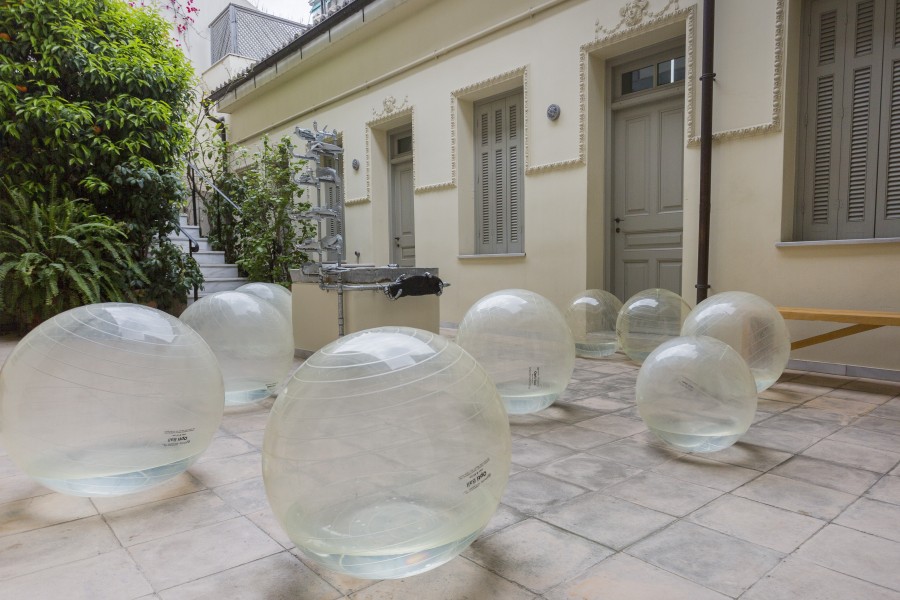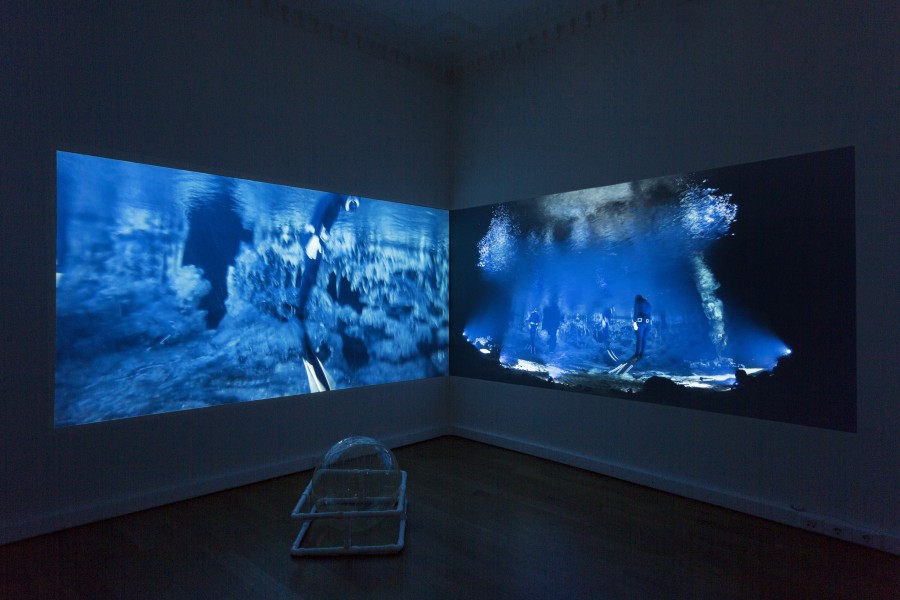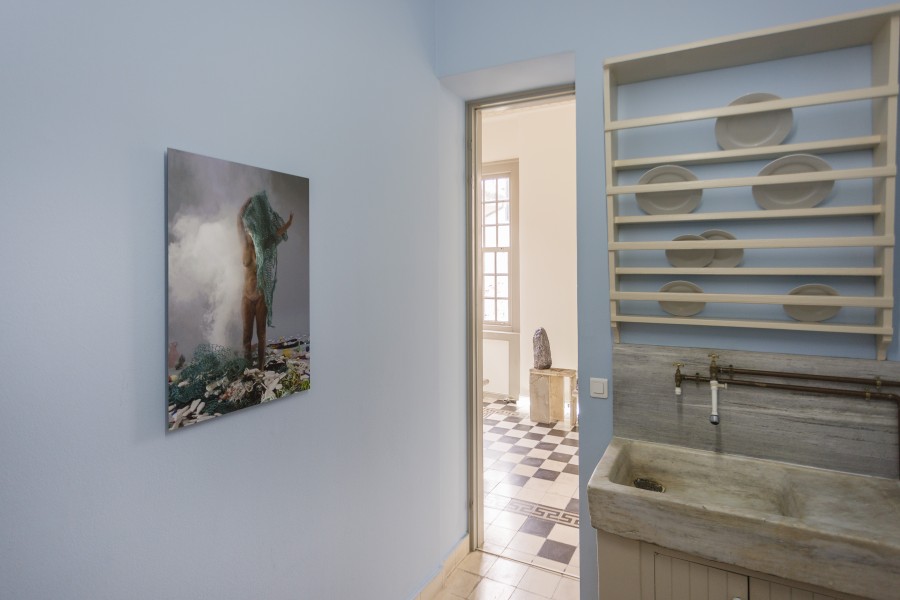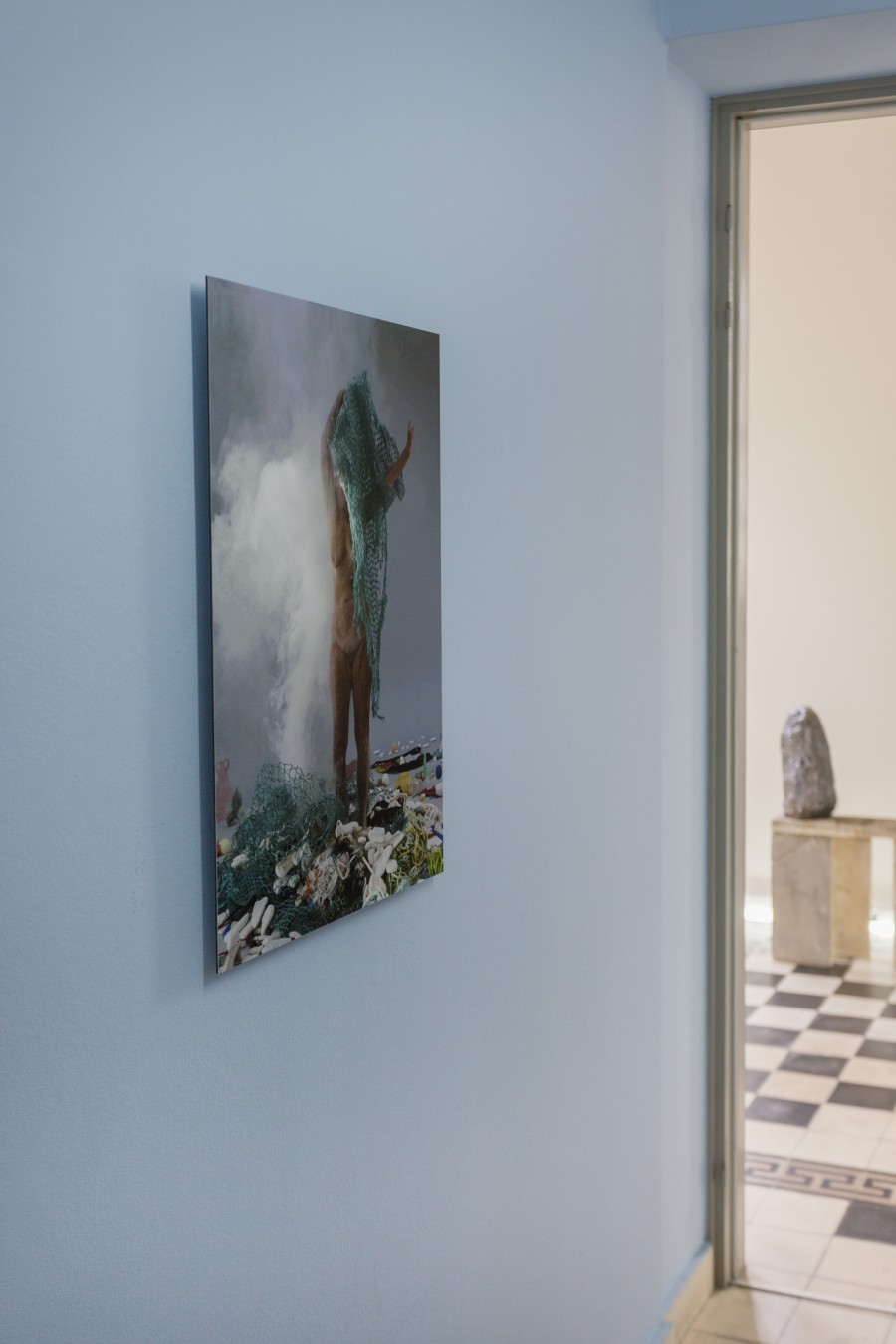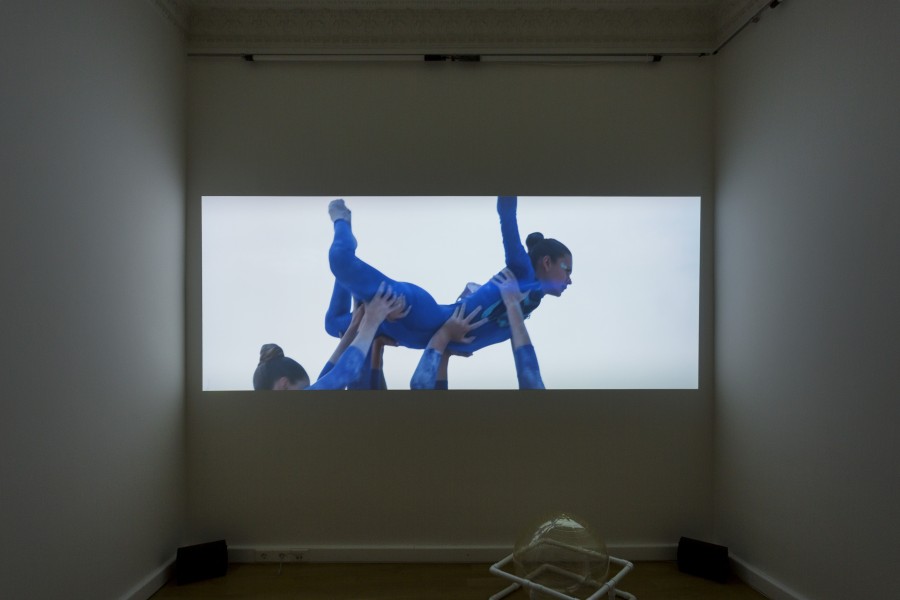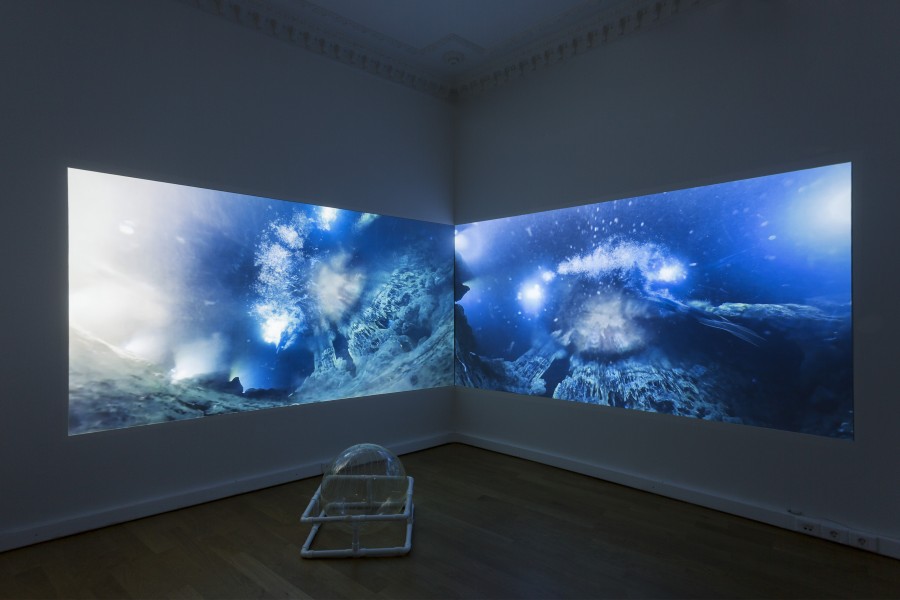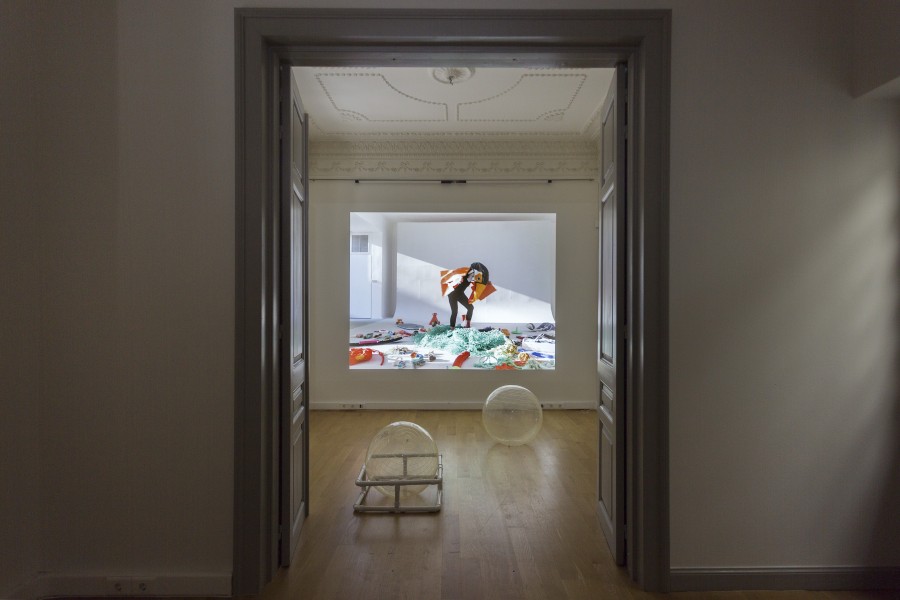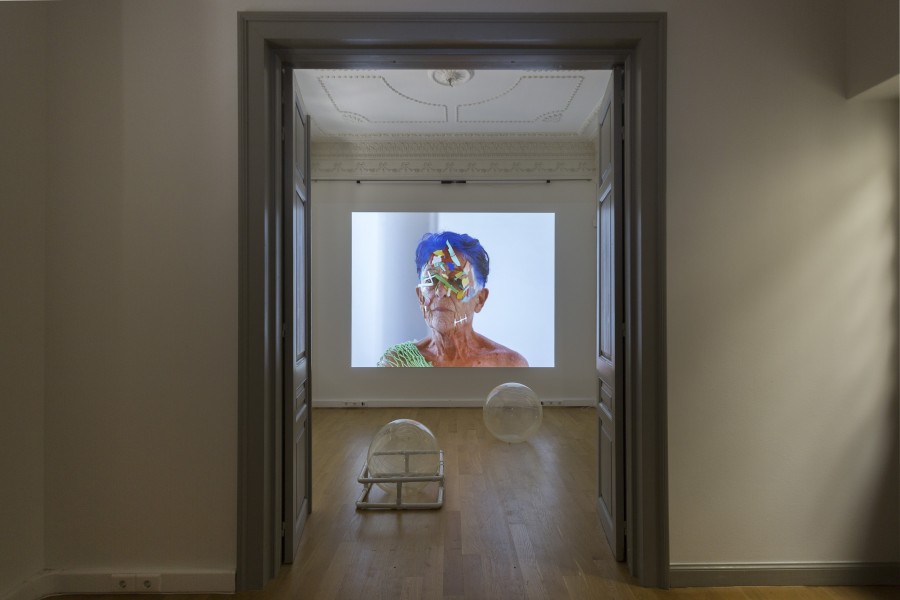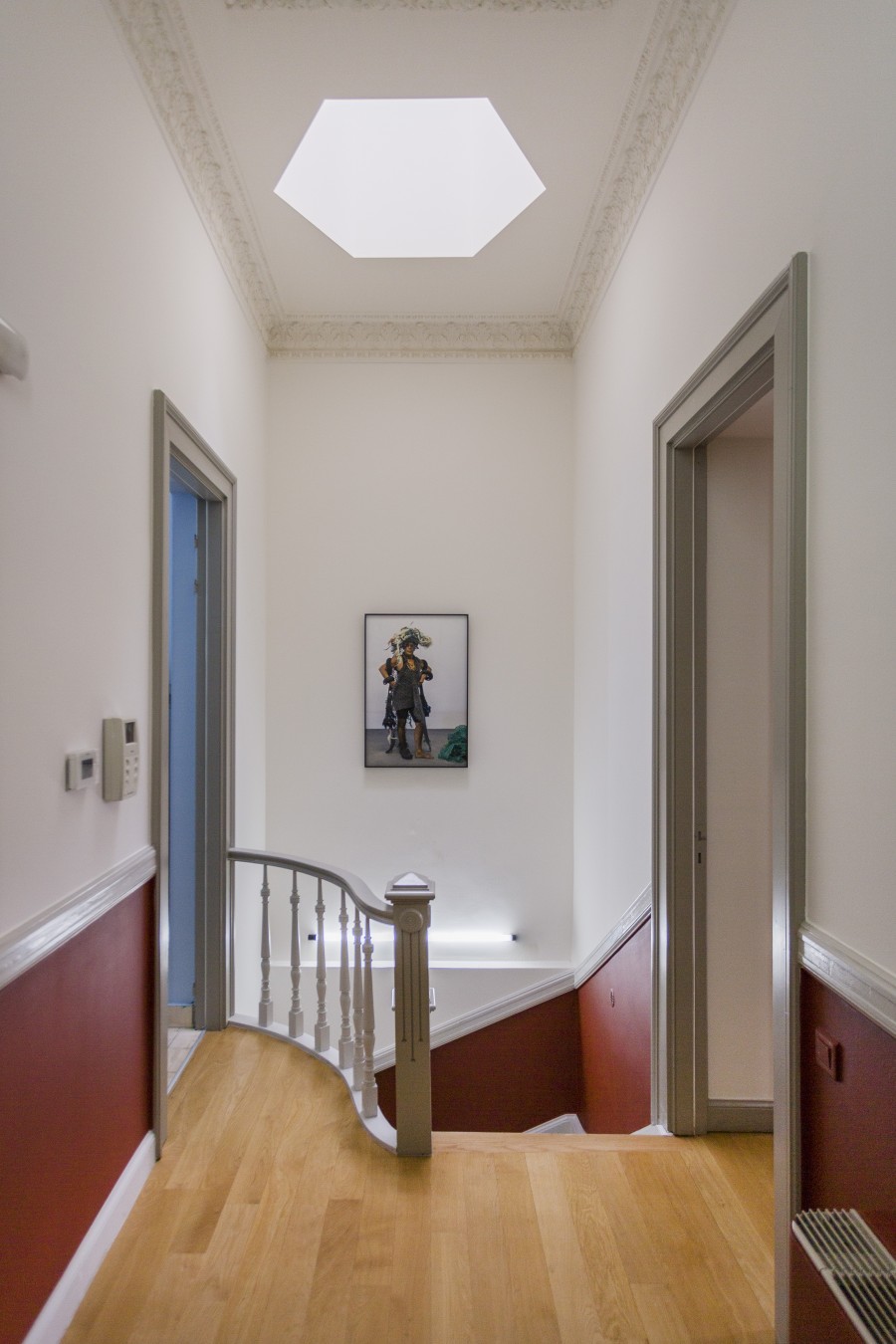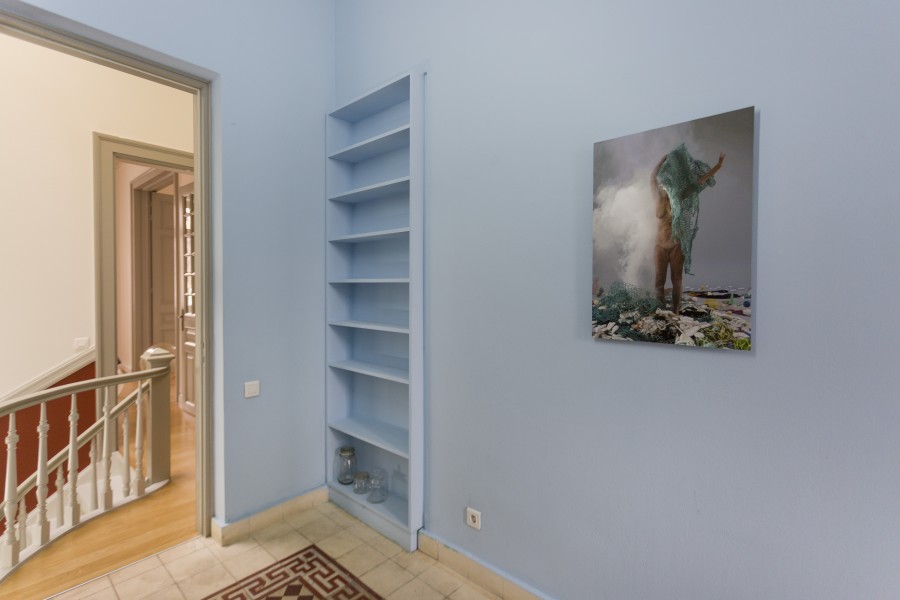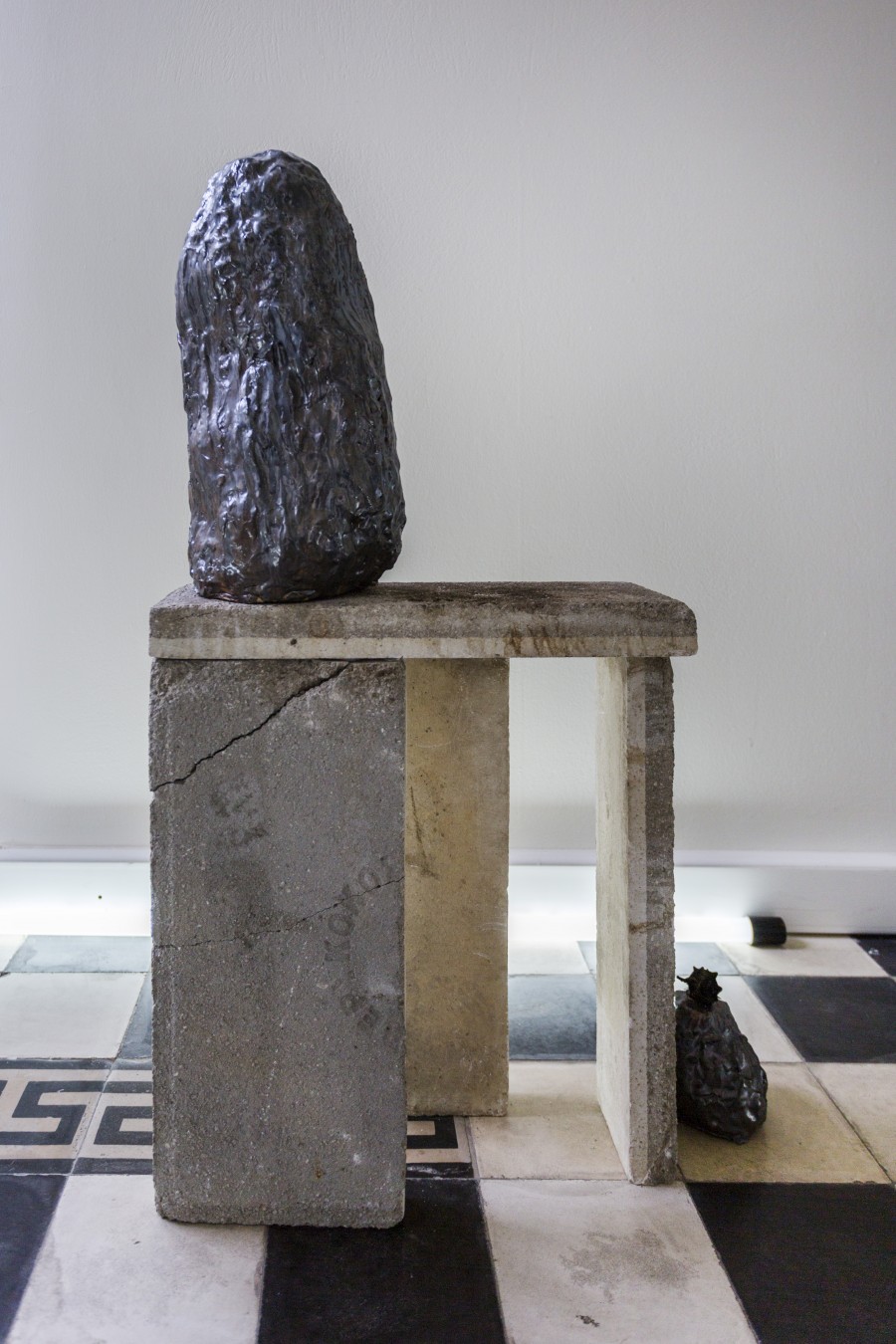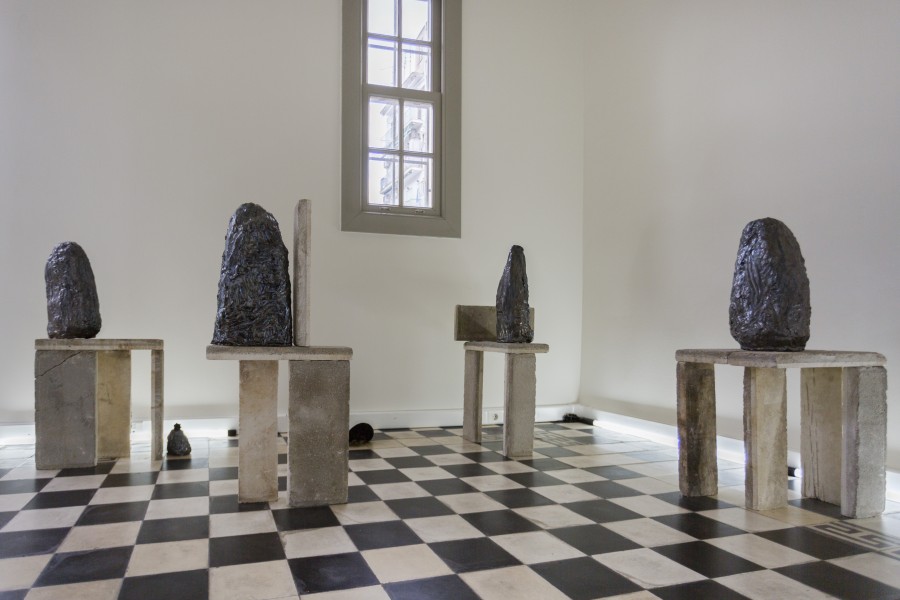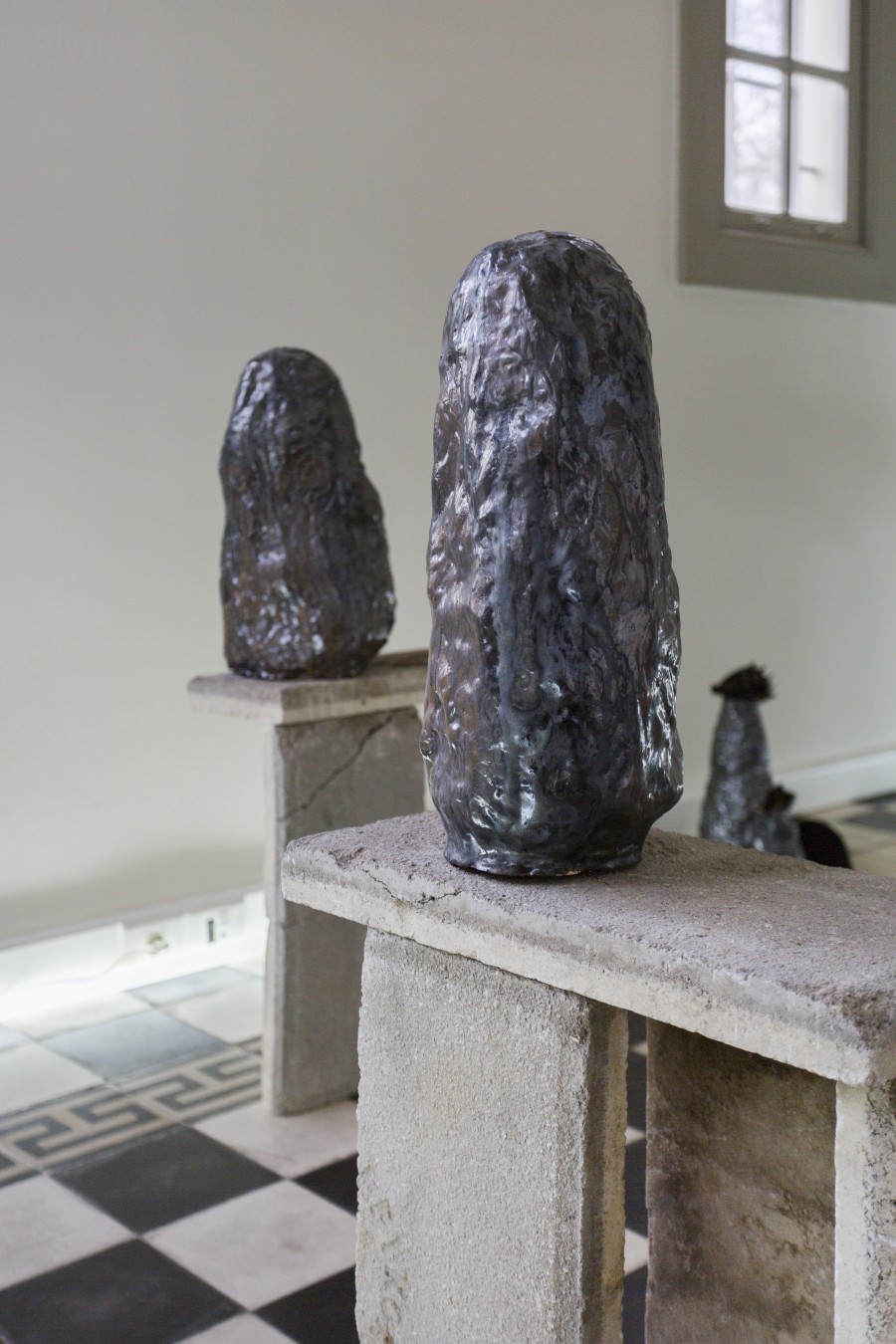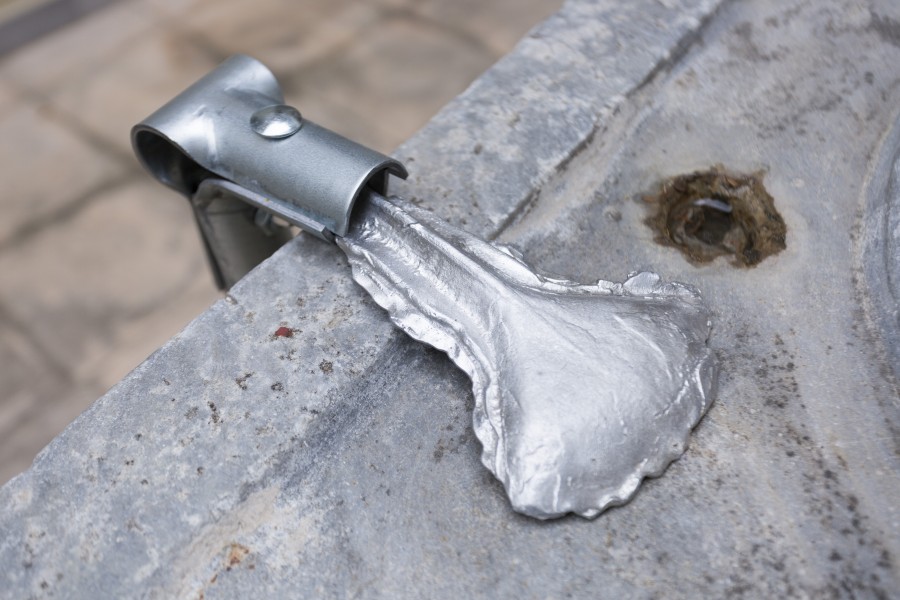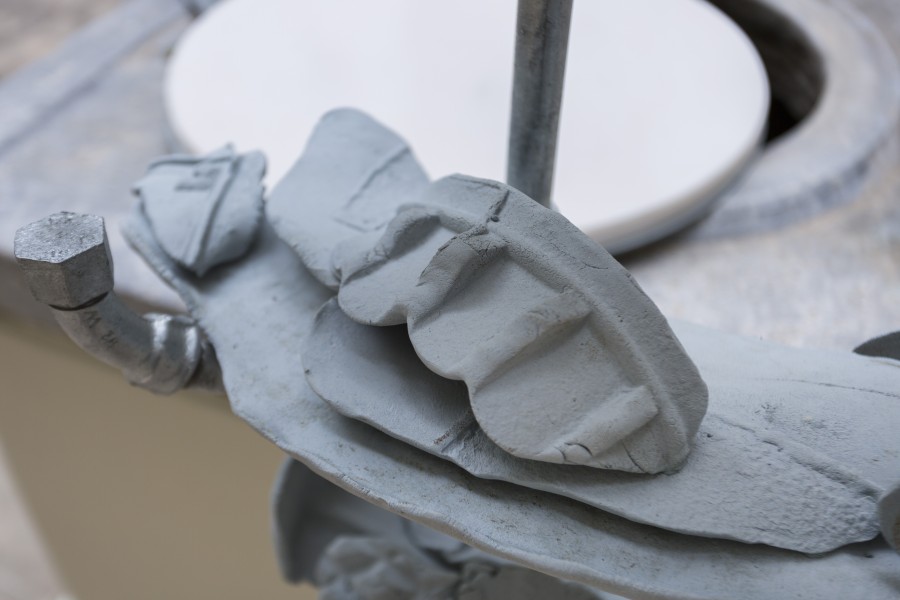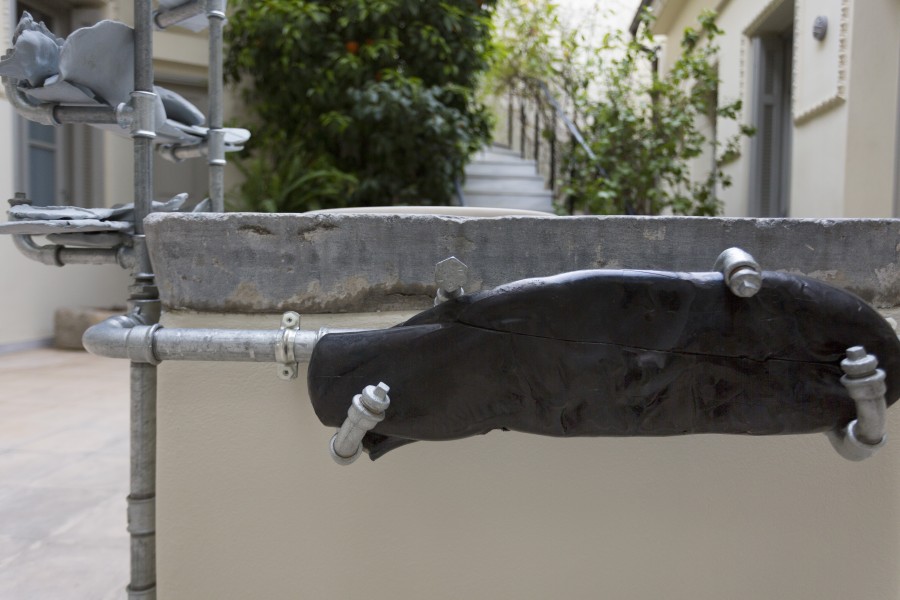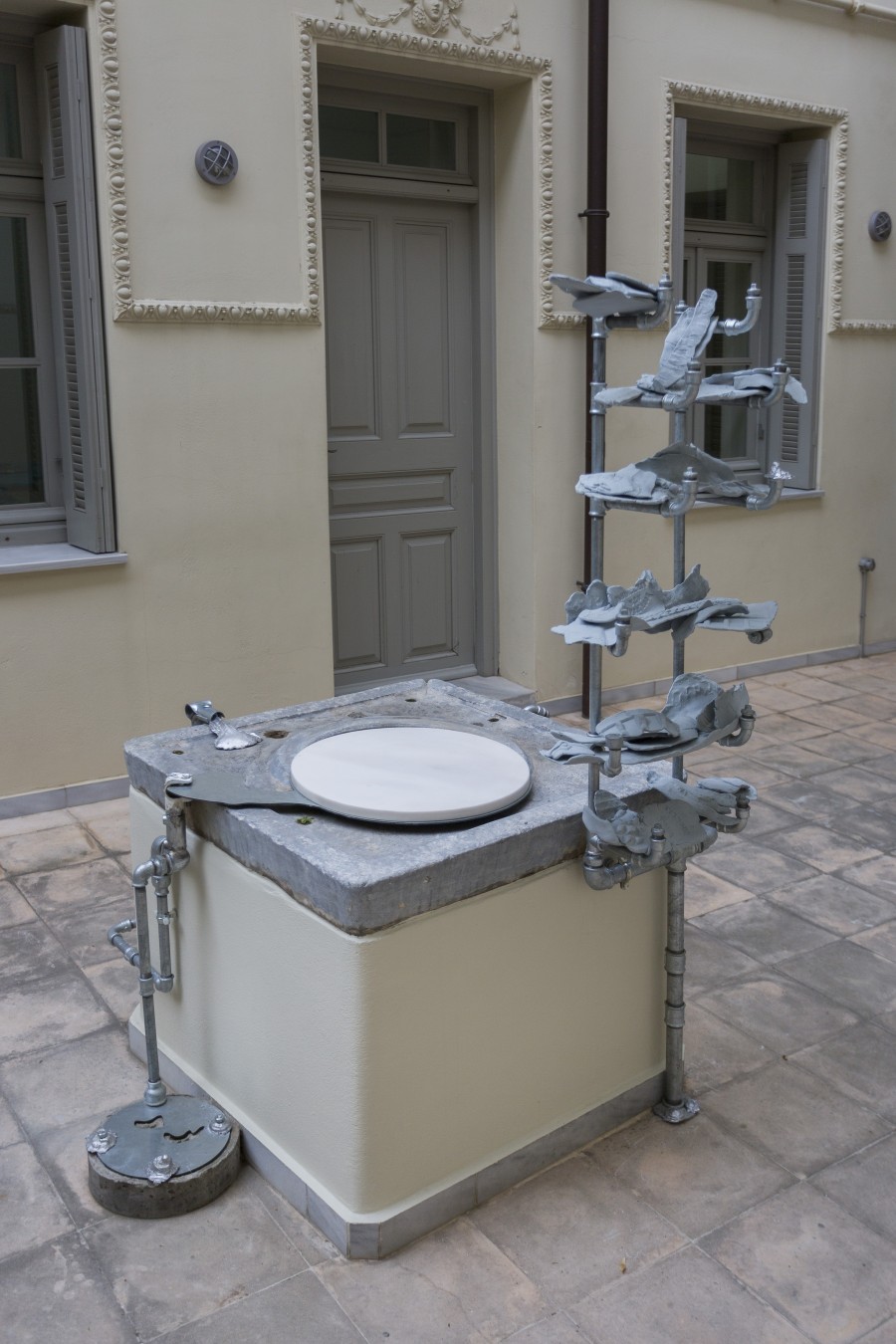Apr 04 2023
Departing from the “wet heart,” the well in the center of the ATOPOS cvc premises, five Greek visual artists – the duo Ileana Arnaoutou and Ismene King, Eleni Mylonas, Maria Nikiforaki, Despina Charitonidi – respond to crucial questions about water: Which waters are we talking from? Which waters are we talking about? On which waters are we standing? What are “our” waters?
Even though we know water is necessary for the life of all human and non-human beings, we don’t know what water is. In an era of environmental and social crisis, the “modern water” (Jamie Linton 2010) has become an abstract notion; an easily recognizable chemical formula (H₂O), a commodity that reaches us through a scientifically-based process of collection and cleaning, and is broadly sold in the market. In this crucial moment, when we are asked to re-define what water is, it is worth thinking that it is not only a necessary substance, a common good, a human right, but also a powerful metaphor that allows us to envision a different future – more fluid, inclusive, and resilient.
Our contact with water has rather political, cultural, and ecological extensions. In the course of time, people inhabit places near water and shape their environment in a way that it becomes viable. In the case of Athens, the city has a paradoxical relationship with water, oscillating between abundance and lack thereof. Urbanist interventions hide its rivers, streams, and torrents, while the city borders the sea. As we encounter these hidden waters, we dive into an aquatic world of sensations, emotions, and representations. Bodies of water seem to symbolize the subconscious, as we can only see the surface.
More broadly, water is a symbol of an unbroken unity in this world because of the shared watery constitution of all life, be it human or non-human. It is inside and all around us. It allows us to understand the planet we inhabit, the ways we think, feel, and behave. Thus, by saying that “we are all bodies of water” – resonating with the titular constitutional text of hydrofeminism, addressing not only seas, rivers, streams, and lakes, but also human and non-human creatures like animals and plants – (Astrida Neimanis 2017), the Office of Hydrocommons attempts to create new synergies and open up new conversations around the legal rights of women, queer, transgender, indigenous people, and the personhood of nature.
In the age of artificial intelligence and space colonization, the program places particular emphasis on the body and the “lived experience” as a tool that allows us to address pressing social and political issues. Central is the condition of interdependence among all forms of life, calling for a radical change in the existing relations of kinship and power.
From the positionality of the Mediterranean South, the artists who participate in the exhibition Wet Heart investigate problems such as water scarcity, the deterioration of the natural environment due to industrial, touristic, and military activities, and the pollution of waters due to plastics and microplastics. Aided by scientific consultants, the five visual artists reflect on the impact of the above onto vulnerable human and non-human lives.
Artworks
The creation of the site-specific sculpture A Conservation of Water-Writings by Ileana Arnaoutou and Ismene King is fueled by encounters around the well, and based on an alternative experiential relationship with the well itself, drawing on expanded practices of care. The artists approach the well by “performing a gesture of caress” – a hand touch that carries messages of care – and try to retrieve its history, the places where water once traversed or stood, the places where the moisture eroded the stone, the hollow from the pulley in which bryophytes grew. The practice of caressing is linked to haptonomy, the “science of sensitivity” developed by Dutch healer Frans Veldman in the 1960s. In prenatal medicine, a series of targeted gestures of touching the abdomen allows for the creation and tightening of the emotional bond between parents (be they biological or foster) and their children. Similarly to a parent communicating with a baby in the womb, the artists communicate with water. It is “a way of facilitating life beyond biological pregnancy” (“gestationality” Neimanis 2017), “a form of broadly inclusive kinship” (The Care Collective 2020).
Ileana Arnaoutou and Ismene King’s work is realized with the support of the G. & A. Mamidakis Foundation as part of the Research Residency Program 2022.
The audiovisual work To Fall With Grace by Despina Charitonidi is based on a choreography developed in collaboration with the synchronized swimming team Naiads. Filmed in the Dionysus quarry in Attica, it tackles the unseen processes of human interventions in water-related environments, as well as their consequences on human and non-human lives. Increased industrial, commercial, and military activity in the sea causes an increase in sound load disrupting the communication, orientation, and reproduction of marine mammals. In the spirit of “hydrofeminism,” Charitonidi uses a new metaphor by drawing a parallel between the performers’ bodies and sea animals. As their routine moves out of the pool, the synchronized swimmers move resembling “fish out of water” while trying to maintain their grace and smile. The work comments on the loss of the natural environment, while exploring the mechanistic perception of nature and women, and the construction of beauty standards. The video is accompanied by the sculptures Eruptions Tears.
In the performance for the camera SeaMonster II, Eleni Mylonas stages her own body among the plastic waste she has collected from the shores of Aegina, the island where she spends half the year, symbolically liberating nature from it. Her post-menopausal body refers to the wise woman, the healer, or even the witch in pre-industrial societies, and to bodies in vulnerable condition, facing the consequences of environmental and social crises. Performing for the camera allows Mylonas to join a tradition of artists attempting to reclaim the control of their image and to narrate their own ideas and experiences. Mylonas negotiates the future of the planet, the humans’ relationship with nature, and the interdependence of “bodies of water.” The video is accompanied by autofictional photographic portraits with found objects, and a work-in-progress installation. Mylonas’s work combines subversive humor with elements of autofiction.
With the audiovisual works Hydrodance: Devil’s Well and Hydrodance: Elephant Cave, Maria Nikiforaki invites us to hold our breath and take a dive into a liquid world. Using the Devil’s Well in Attica and the Elephant Cave in Crete as a backdrop, she stages an original underwater choreography that appropriates the vocabulary of marine biology and diving. The sites are chosen symbolically as reminders of the risk of biodiversity loss due to anthropogenic activities. The spiraling movement of the divers participating in the choreography evokes the circular dance of fishes or sea mammals, and witches – who were none other than farmers and healers of the previous centuries, threatened with a loss of their natural habitat. At the same time, the filming with cameras that are attached to the bodies of the divers – and specifically around the abdomen – alludes to the cameras embedded in the backs of marine mammals (Crittercams), used by scientists to record video, audio, and other information related to aquatic life.
Maria Nikiforaki’s audiovisual works are realized with the support of the Region of Crete, the Municipality of Chania and the Public Beneficiary Enterprise of Culture and Environment of the Municipality of Chania – Mediterranean Architecture Center, and the Municipality of Apokoronas.

